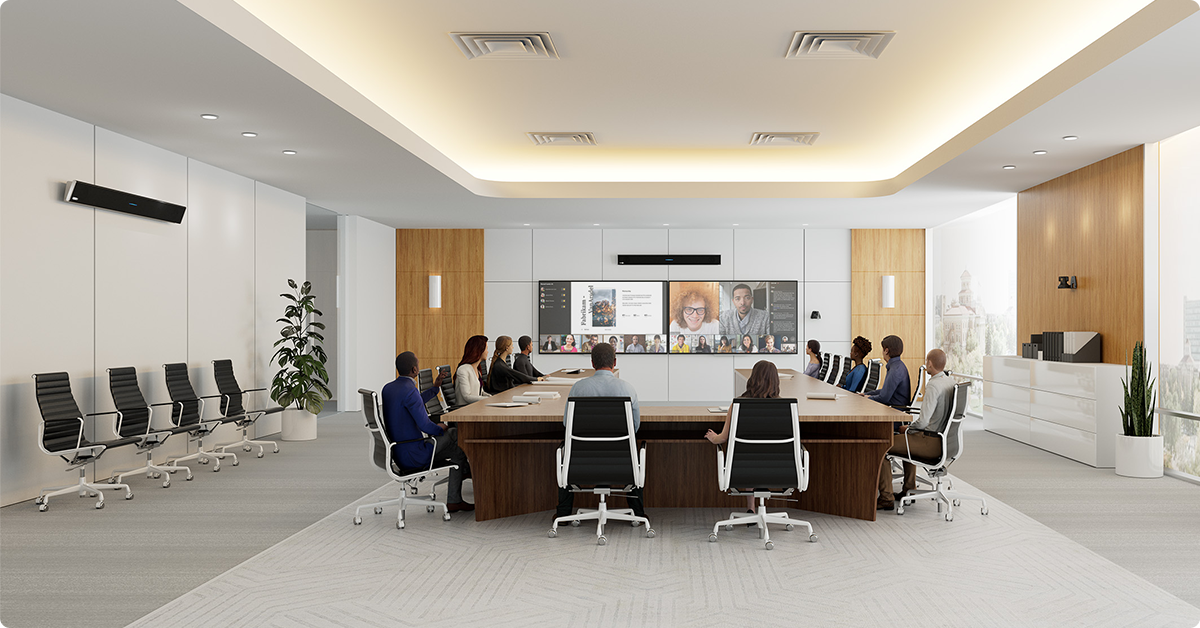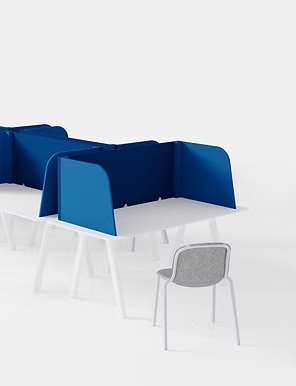Our Blog Check out what's new here at Points West.

Why Education Needs Help & How Technology Can Offer The Solution
September 23, 2016
Technology is shaping the way we function. Kids in all age groups use technology for multiple purposes. Various devices allow them to connect with people across the globe in an instant, play games in an online virtual world and have a worldwide map in the palm of their hand that can immediately locate their whereabouts.

As technology has transformed the lifestyles and activities of our children, it has also transformed their learning. Gone are the days of leather bound encyclopedias, handwritten term papers and blackboards. We look toward education’s future with anticipation, excited about the places technology will take us.
Yet, despite the advancements in education, there is one large area where teaching and learning are really affected: acoustics.
Acoustic Panels Create Sweet, Sweet Sound for Students
According to a 2012 study, ‘Essex Study-Optimal classroom acoustics for all’, when it comes to acoustics, problems often lie with hard surfaces that reverberate sound. In a classroom, this includes windows, desks, blackboards and hard floors. This reverberation leads to confusion as sound continually echoes off hard surfaces, entering the ear multiple times at different points.
For individuals in a classroom of twenty-five plus people, it can be very challenging to listen to the single voice of a teacher. Especially when students can be up to 27 feet away. As a result, the volume level reaching students is dramatically decreased while the time it takes for the sound to travel to a student's ear is increased.
Increasing the instructor's voice through amplification technology was a solution suggested. However, in most cases, this only serves to exaggerate the pre-existing reverberation problems. More sound usually results in louder reverberation which, instead of making the teacher’s voice clearer, simply drives up the overall noise in the room.
Fortunately, technology can help us combat this problem and therefore ensure our students get the best learning experience possible. The first solution is to better the acoustics in the classroom through acoustic treatment.
Acoustic treatment prevents reverberation as it provides soft surfaces so that sound is absorbed rather than reflected. It is suggested that 17 - 25% of the wall surfaces in a classroom should be treated with specialized acoustic panels that absorb sound.
At Points West, we offer a wide variety of acoustic solutions, including acoustic panels that are constructed from dense fibreglass which perfectly absorbs sound, leading to better acoustics. This will allow the teacher to communicate source material effectively in an even volume, in addition to helping decrease the volume of a room. This solution can greatly improve a child's experience in the classroom.
Document Cameras Provide Visual Solutions
There are boundless ways that an instructor could use "doc cams" to teach students. For example, an instructor can write down mathematical calculations and have their notes projected clearly and legibly onto a large screen. Teachers could also use this device to share pictures and create ‘Big Books’ so students will have visual cues to compliment the auditory instruction from the teacher. Notes and images can also be saved for revision at a later date, this way students can simply watch and listen rather than stressing about copying down notes. The ways that document cameras can help students and instructors are not limited to these suggestions.
To learn more about how instructors can combat the auditory problems experienced by students or about acoustic treatment and the document camera, you can always contact us. At Points West, we arm individuals, businesses and various institutions with the proper tools for success.

Pro AV Performance Made Simple
Read Article

5 Star Review!
Read Article


